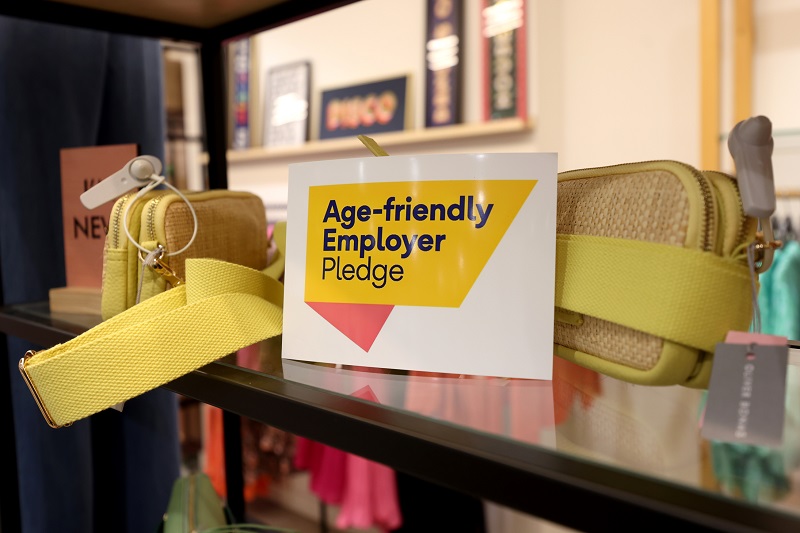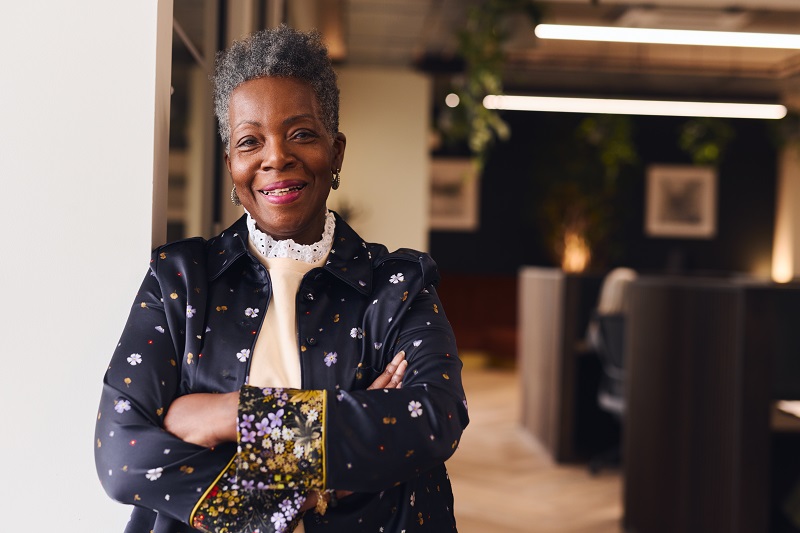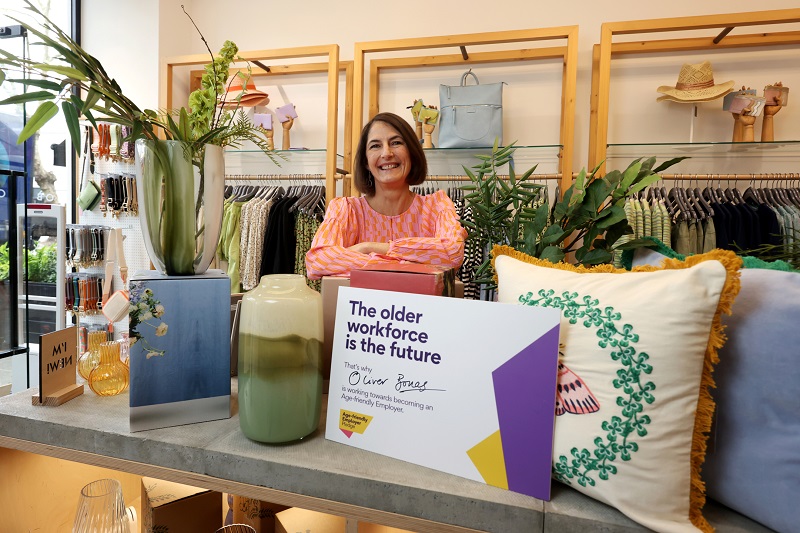Diversity is known to be a positive force within any enterprise, as it fosters a variety of thoughts, leading to more and faster innovation. Diversity comes in many shapes and colours. Yet discussions tend to focus on gender diversity, or ethnic and cultural diversity. There is another dimension of diversity that enterprises need to have on their agenda: generational diversity.
While all generations within the workforce have their individual strengths – from the baby boomers to generations X, Y, and Z – youth tends to attract the most attention. For example, many enterprises put high hopes on younger workers to reduce the dramatic shortage of skilled labour, focusing on the internet-experienced generation Y, and lately on the social media-savvy generation Z.
This focus on the young is easily explained: in addition to the widespread tendency within popular culture and the media to favour youth, young people always bring new perspectives to the workplace – however adapting to a new perspective can be a challenge for all enterprises. So, companies invest time and effort in the integration of new generations into the workforce.
At the same time, the population in many countries – and in consequence, the workforce – is growing quite dramatically older due to advances in medicine and shifting demographics. This affects the US, for example, but also many European countries and Japan. So, businesses must also prepare for increasing generational diversity in the workforce.
While generations Y and Z are known for their internet, social media, and mobile app skills, previous generations have years – sometimes decades – of work experience. They have long relationships with customers and partners, and have often acquired leadership expertise. Many experienced workers are also quite skilled at digital technologies – cool apps are not for the youngest generation alone! So forward-looking companies embrace generational diversity instead of exclusively focusing on one generation.
Designing for generational diversity
Creating a work environment that is more supportive of generational diversity is a complex, long-term project that involves all business units – from C-level management to HR and IT. A necessary first step is to develop a corporate multi-generation strategy, and to communicate it to everyone in the company. Once this signal has been sent, there is a variety of things that an enterprise can and should do to improve generational diversity:
* Redefine the hiring process: enterprises must change their talent acquisition mind-set. They need to redefine their workforce diversity leadership goals, update their talent acquisition processes and workflows, and redesign job postings to include benefits that are attractive to applicants from all generations. Also, an increased focus on upskilling workers can contribute to easing the skilled labour shortage.
* Create a continuous education and training strategy: everybody knows that professionals should never stop learning, but sometimes this is easier said than done. Many standard training programs are designed for beginners only.
It is important to educate new colleagues
* Foster multi-generational team building: generationally-diverse teams can improve the understanding of the other age group’s perspectives and actions. This might include ‘reverse mentoring’ programs that allow workers from different generations to learn and benefit from each other’s skills.
* Expand work flexibility: employees across all generations will immensely profit from more flexible work conditions, as they can more easily combine their office duties with their family obligations and social lives. Creating an environment where employees can work from home, or a variable number of hours, will make the enterprise more attractive to a generationally-diverse staff.
* Redesign the workspace: an ever-increasing number of business tasks are supported, or even driven, by IT. So, enterprises need to enable user-friendly workspaces that provide a superior employee experience to every employee, no matter what their age or position might be. Modern intelligent workspaces give end users of any generation in the enterprise easy, intuitive access to all the apps and IT services they need to be productive.
Businesses must redesign their work environments – physically and technologically – to meet the requirements of a multi-generational workforce. The focus on only one generation will not solve all existing challenges, such as the skilled labour shortage.
A better employee experience – one that allows people to work the way they prefer to – is an important step to remain competitive. The war for talents has only just started, and the winners will be those companies that have prepared their work environments for generational diversity.

About the Author
Sherif Seddik, Senior VP and MD EMEA at Citrix.









